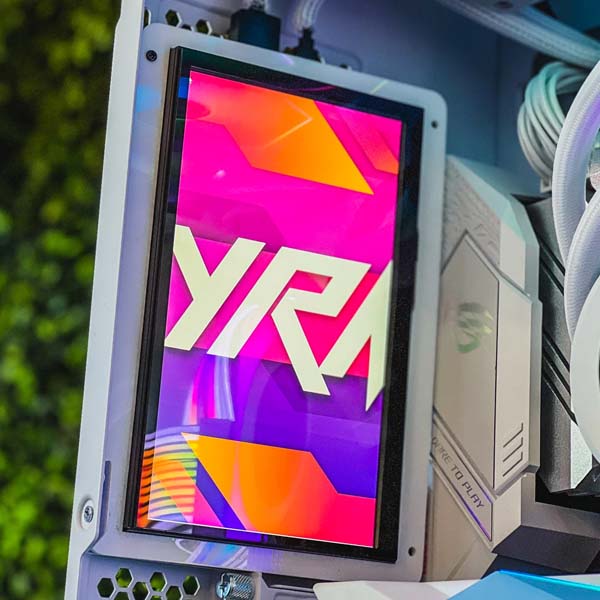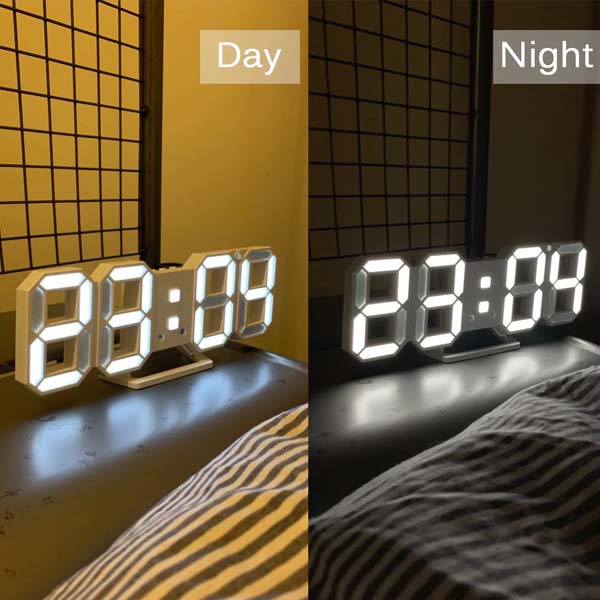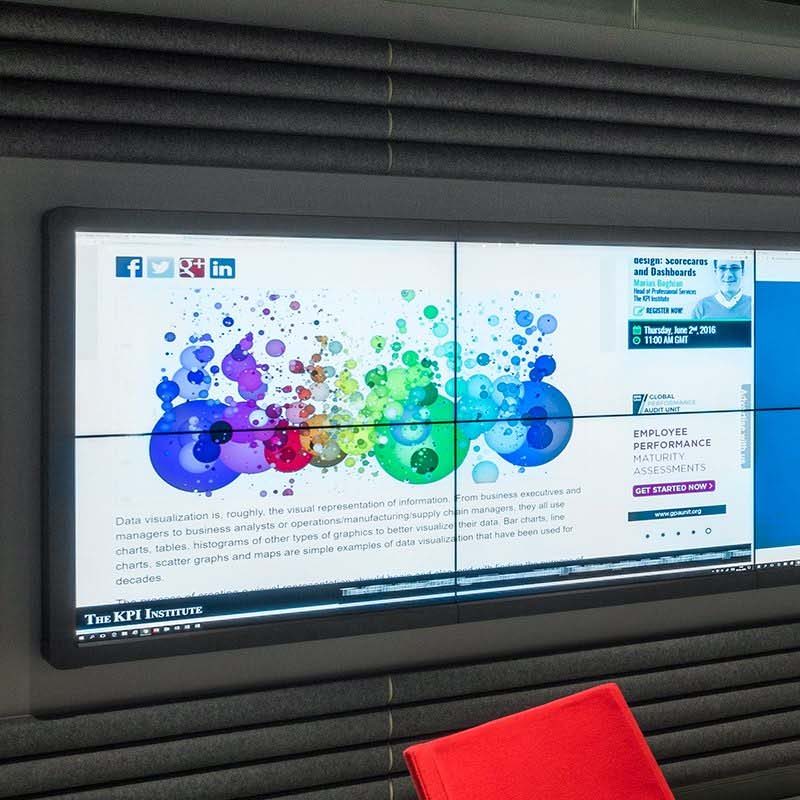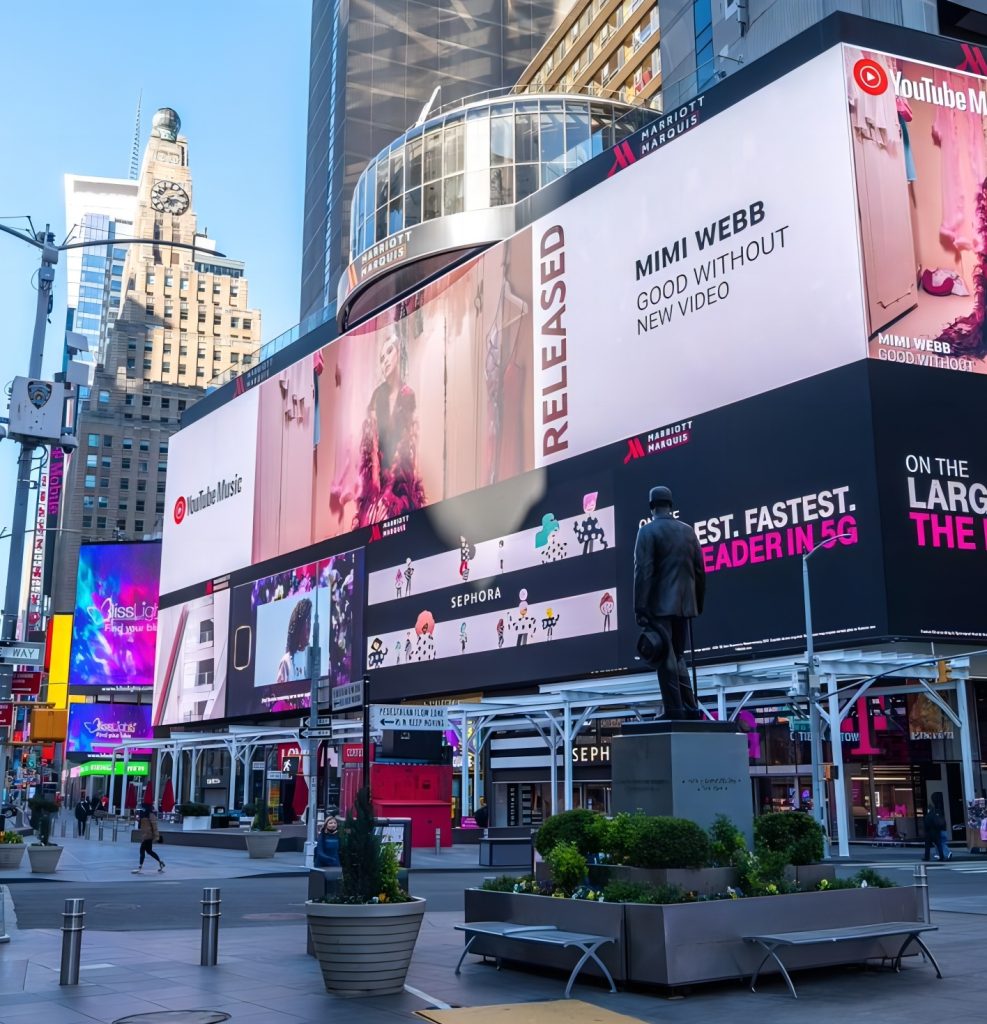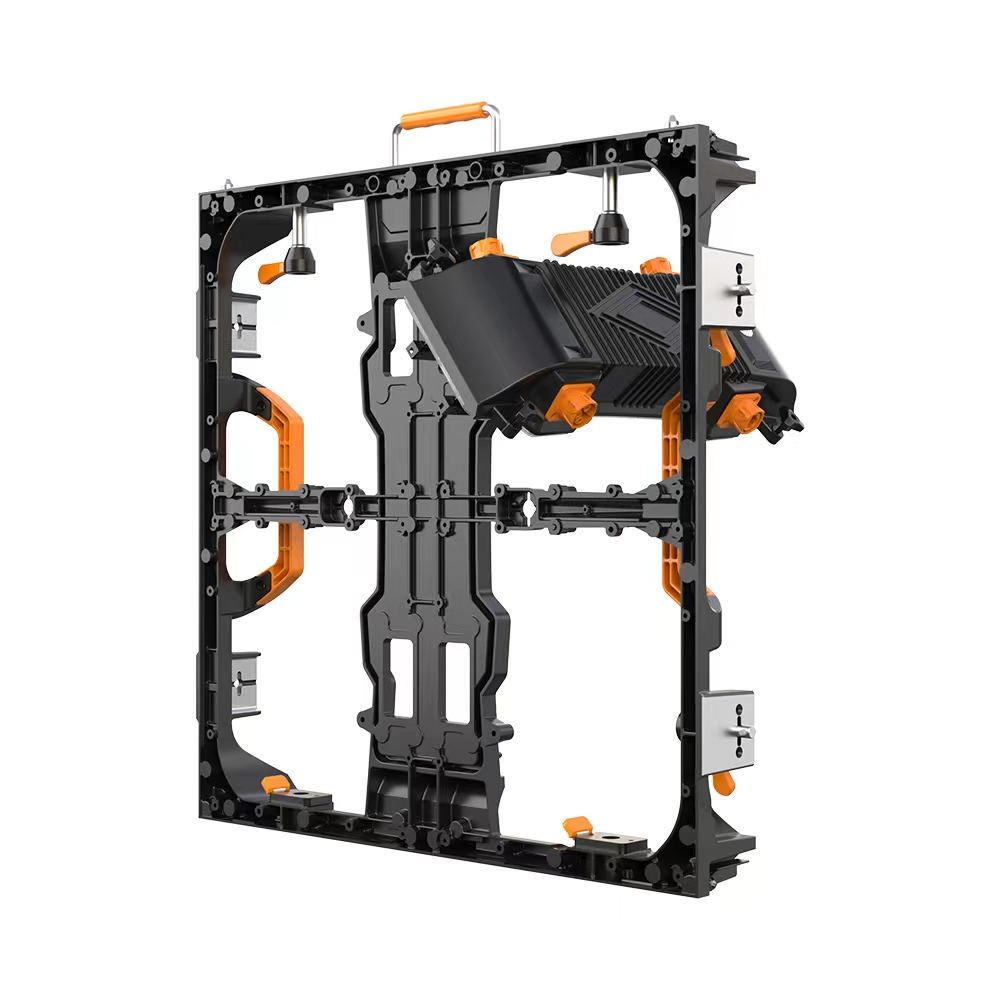Introduction
In the evolving landscape of architectural and environmental design, the integration of digital technology is pivotal in transforming ordinary spaces into interactive, dynamic experiences. The Cube LED Screen, with its innovative features and adaptable design, stands at the forefront of this transformation, providing designers and architects with a powerful tool to reshape both public and private environments. This article delves deeper into the applications, benefits, and future potential of Cube LED Screens in environmental design, exploring how they can be seamlessly integrated into various architectural projects.

Integrating Technology with Architecture
The Cube LED Screen offers a unique opportunity to merge digital technology with architectural elements, enabling a blend of functionality and aesthetic appeal. Its modular nature allows it to be incorporated into various structural components of a building, including walls, ceilings, and even floors. This integration not only enhances the aesthetic value of the structure but also introduces a dynamic element that can change with the click of a button, adapting to different themes or events.
In retail environments, Cube LED Screens can be used to create interactive displays that engage customers and provide immersive shopping experiences. They can transform a static wall into a vibrant storytelling canvas that reacts to customer movements or changes displays according to different products or promotions. In corporate settings, these screens serve as innovative communication tools, displaying real-time data, corporate messages, or engaging visuals that enhance the work environment.
Enhancing User Experience in Public Spaces
Cube LED Screens are particularly effective in public spaces such as squares, parks, and transportation hubs, where the goal is to deliver information, entertainment, and advertisements efficiently. They can be used to display interactive art installations that invite public participation or provide critical information in a visually engaging manner. Their robust design ensures they can operate under various weather conditions, making them ideal for outdoor applications.
In cultural venues like museums and galleries, Cube LED Screens can revolutionize how visitors interact with exhibits. They can display high-definition replicas of artworks, provide interactive educational content, or guide visitors through the exhibits with augmented reality features, enhancing the overall visitor experience and accessibility.
Environmental Impact and Sustainability
Addressing environmental concerns, Cube LED Screens are designed with sustainability as a priority. They consume significantly less energy than traditional display technologies due to their efficient LED modules. This energy efficiency not only reduces operational costs but also supports global efforts to minimize carbon footprints, aligning with sustainable design principles.
The materials used in Cube LED Screens are selected based on their durability and environmental impact, ensuring that the screens are not only long-lasting but also recyclable at the end of their lifecycle. This approach helps reduce waste and promotes the reuse of components, which is crucial in building sustainable architectural solutions.
The Future of Cube LED Screens in Design
As technology advances, the potential applications of Cube LED Screens in design are expected to grow exponentially. Future developments might include even more flexible and transparent modules that can be integrated directly into glass and other transparent surfaces, opening up new avenues for creative displays in architectural design.
Advancements in connectivity and interactivity are anticipated to lead to screens that are not just display devices but also interactive platforms that respond to user input, environmental changes, or data feeds. This level of interactivity will further enhance the role of Cube LED Screens in creating adaptive and responsive environments, making them integral to the smart cities of the future.
Conclusion
The Cube LED Screen is setting new standards in the integration of digital displays within environmental design. Its ability to enhance, transform, and energize spaces makes it an indispensable tool for architects and designers aiming to push the boundaries of what is possible in modern architecture. The Cube LED Screen not only enriches the user experience but also contributes to the sustainability and functionality of spaces, making it a preferred choice for future-focused architectural projects. For more insights into how Cube LED Screens can revolutionize your architectural projects, visit KSSDisplay’s Cube LED Screen.

